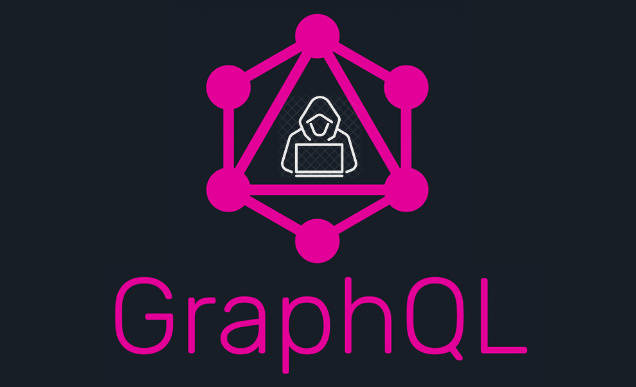GraphQL is a query language for APIs that provides a more efficient and flexible alternative to traditional RESTful APIs. It allows clients to specify exactly what data they need from the server, reducing over-fetching and under-fetching of data. As a Java full stack developer, incorporating GraphQL into your stack can provide several benefits. Here’s an introduction to GraphQL for Java full stack developers:
- GraphQL Fundamentals:
GraphQL revolves around three main concepts:
- Schema: Defines the types of data available in the API and the relationships between them.
- Queries: Specify the data requirements from the server. Clients can request specific fields and nested relationships in a single query.
- Mutations: Used for modifying data on the server. Clients can send mutations to create, update, or delete data.
- GraphQL Server Implementation:
To build a GraphQL server in Java, you can leverage various libraries and frameworks:
- GraphQL Java: A popular library for implementing GraphQL servers in Java. It provides tools for defining the schema, executing queries, and handling mutations.
- Spring Boot with GraphQL: If you’re using Spring Boot, you can use libraries like graphql-java-kickstart or graphql-java-tools to integrate GraphQL into your application.
- Helidon or Micronaut: These lightweight frameworks also offer GraphQL support out of the box.
- Schema Definition:
Define the GraphQL schema using the GraphQL Schema Definition Language (SDL). The schema specifies the types available in your API and the relationships between them. It also defines the queries and mutations that clients can perform. - Resolvers and Data Fetching:
Implement resolvers that fetch the requested data for each field in the schema. Resolvers are responsible for connecting to the data sources (e.g., databases, APIs, services) and returning the requested data. Libraries like GraphQL Java or graphql-java-tools provide mechanisms for writing resolvers. - Query Execution:
Use the GraphQL execution engine to execute queries and mutations. The engine resolves the fields in the query based on the defined resolvers and fetches the data accordingly. It ensures that only the requested data is fetched and returned to the client. - Error Handling:
GraphQL provides a structured way to handle errors. You can define custom error types and return them when specific conditions are met. Errors can be handled at different levels, such as the field level or global level. - Integration with Existing Stack:
GraphQL can be integrated into your existing Java full stack. You can use it alongside existing RESTful APIs or as a replacement for them, depending on your use case. GraphQL can be used with any backend technology and can fetch data from various sources. - Client-Side Integration:
On the client side, you’ll need a GraphQL client library to send queries and mutations to the server and handle the responses. Libraries like Apollo Client, GraphQL Java Client, or Relay can be used to integrate GraphQL into your Java-based frontend frameworks or applications. - Tooling and Ecosystem:
GraphQL has a rich ecosystem with tools and utilities to enhance development. You can use GraphQL IDEs like GraphQL Playground or GraphiQL for exploring and testing your API. GraphQL also has excellent tooling support for introspection, code generation, and documentation generation. - Performance Considerations:
As with any technology, performance optimization is essential. Caching, batching, and pagination techniques can be employed to improve performance in GraphQL applications. Tools like DataLoader can help optimize data fetching and reduce unnecessary queries.
GraphQL offers a flexible and efficient way to build APIs, allowing clients to specify their data requirements precisely. By embracing GraphQL in your Java full stack development, you can create more scalable and adaptable applications, providing a better experience for both clients and developers.


